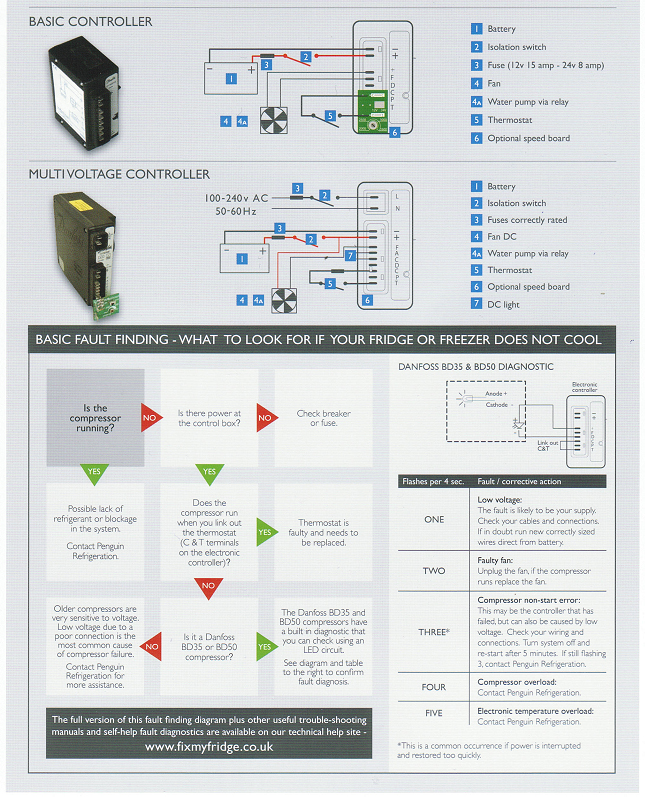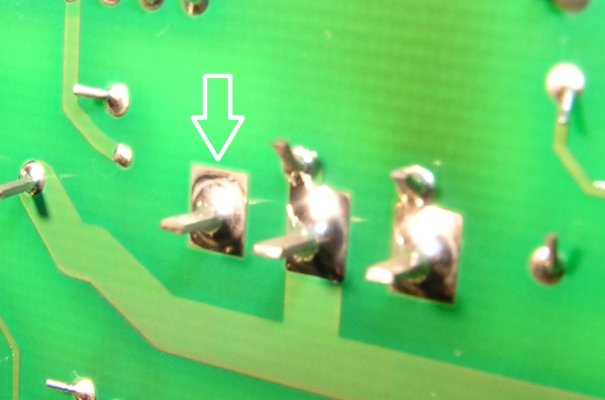Wdeertz
Senior Member
I have a Vitrifugro AC/DC refrigerator on my boat. I leave both AC and DC circuits on and I understand it defaults to AC if power is present. I’ve been at anchorage for several days and system was cooling really well but when I recently pulled into a marina and connected to shore power the temperatures rose over the next several days. I assume AC power is getting to the unit as the light bulb is operating. I suspected the AC converter may be bad so I switched off the AC circuit and sure enough 12 hours later I was back to normal temperatures.
Am I correct in that a AC/DC refrigerator has a DC compressor and when on AC power it just converts this to 12v DC?
If this is the case I see no benefit of the AC mode as I can always run on DC power and while on shore power my battery charger keeps me fully charged. I mistakenly assumed the AC mode would cool better but this wouldn’t be the case if it’s simply converting to DC.
Am I correct in that a AC/DC refrigerator has a DC compressor and when on AC power it just converts this to 12v DC?
If this is the case I see no benefit of the AC mode as I can always run on DC power and while on shore power my battery charger keeps me fully charged. I mistakenly assumed the AC mode would cool better but this wouldn’t be the case if it’s simply converting to DC.


